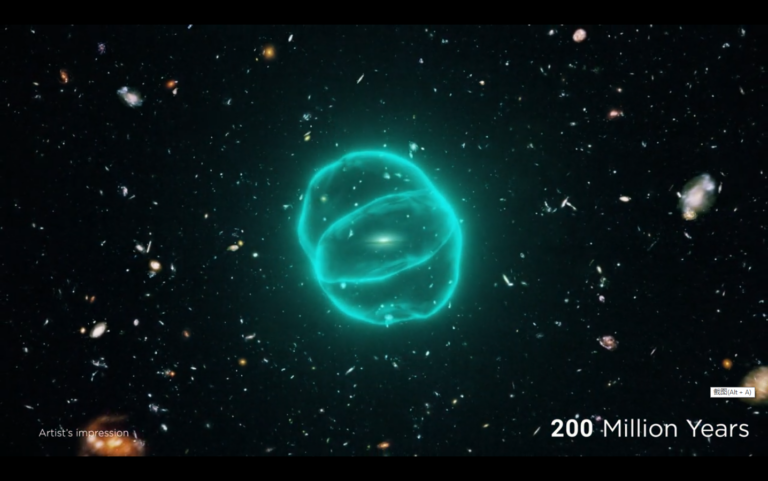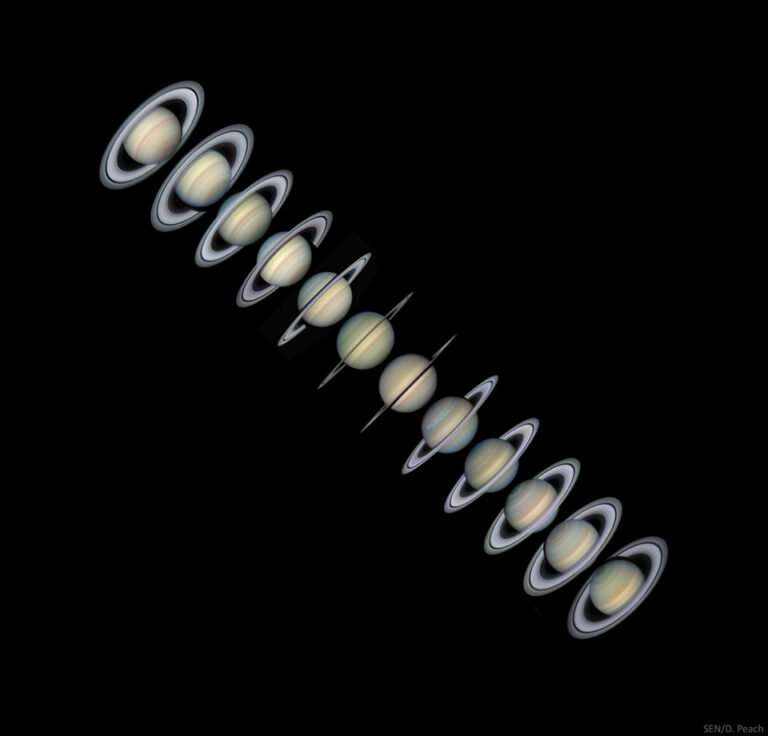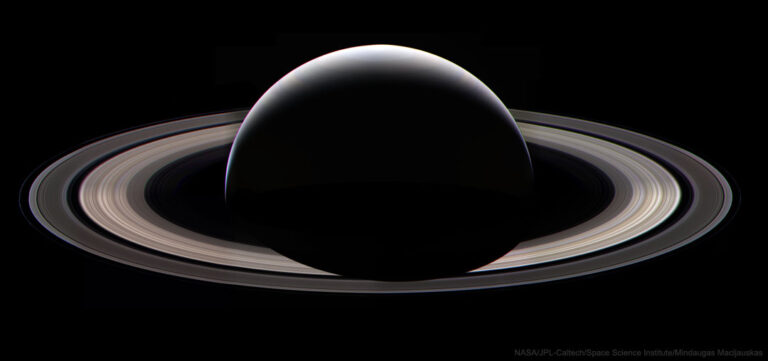2022年3月30日 Animation: Odd Radio Circles Credits: Illustration: Sam Moorfield; Data: CSIRO, HST (HUDF), ESA, NASA; Image: J. English (U. Manitoba), EMU, MeerKAT, DES (CTIO); Text: Jayanne English Explanation: What do you call a cosmic puzzle that no one expected to see? In this case, Odd Radio Circles, aka ORCs. ORC-1 typifies the enigmatic five objects, only visible at radio frequencies, that were serendipitously discovered in 2019 using the new Australian SKA Pathfinder radio array. The final image in the featured video uses 2021 data from the South African MeerKAT array to reveal more detail. The radio data, assigned turquoise colors, are combined with a Dark Energy Survey optical/IR map. The animated artist’s illustration explores just one idea about the ORCs’ origins. If two supermassive black…






